How street it is, for kings of the fair as producers get lion's share from cookie-cutter fests
 Mort Berkowitz (above) of Mort and Ray Productions and Todd Berman (below) of Clearview Festival Productions, oversee a large percentage of the city’s street fairs.
Mort Berkowitz (above) of Mort and Ray Productions and Todd Berman (below) of Clearview Festival Productions, oversee a large percentage of the city’s street fairs. BY Erin Einhorn DAILY NEWS CITY HALL BUREAU
BY Erin Einhorn DAILY NEWS CITY HALL BUREAUThey are the kings of New York's street fairs.
Just three men control nearly two-thirds of the festivals that clog city streets with vendors peddling cheap T-shirts, gyros and sunglasses.
They're a favorite target of griping New Yorkers: the noise, the traffic, the loss of sales for local stores.
Mayor Bloomberg recently banned more fairs beyond the 321 operating every year, and a think tank just skewered them for promoting an endless loop of slushies and shlock.
Maybe that's because the companies crank out more than 200 of the annual fairs like cars off an assembly line:Joseph Giovanni's Mardi Gras Festival Productions ran 77 of the city's largest, most-profitable Manhattan fairs last year, taking in $2.6 million from vendors, city records show.Todd Berman's Clearview Festival Productions ran 106 fairs across the city, including many outside Manhattan. He took in $2.3 million from vendors.Mort Berkowitz's Mort & Ray Productions focused on fewer fairs - just 22 last year - but his portfolio includes the mother of them all: the Feast of San Gennaro in Little Italy. He grossed $1.2 million from vendors.
They say their critics are snobs.
"It's all a bunch of bogus nonsense," said Arthur Tisi, who helped Giovanni found Mardi Gras 31 years ago. "Hundreds of thousands of people love street fairs."
The czars argue the fairs put people to work and add life to the streets."That's very much the yuppie attitude - 'We don't want to close the street. We don't want shopping on the street,'" Berman said. "The streets belong to the neighborhood and to New Yorkers."
And the fairs belong to the producers.
The city collects 20% of proceeds - about $1.6 million a year - but that's far less than the $4 million spent on policing the events.
"It just may be something we can't afford," Bloomberg said earlier this year.
Nonprofit groups that sponsor the events collect a very small cut of the proceeds, documents show.
"[The three companies] are a huge part of the problem," said Jonathan Bowles of the Center for an Urban Future, which has issued several reports critical of street fairs. "They just want their cut. They don't have much interest in what happens in the neighborhood."
Two of the companies insist they're trying to make fairs more diverse. Berman said he offers discounts to artists, while Berkowitz says he always recruits face-painters for kids and gives booths to local organizations.
But Mardi Gras makes no apologies for its cookie-cutter fairs. It even offers package deals to vendors who work multiple fairs on a "buy 20, get seven free" basis.


























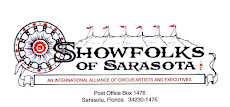
















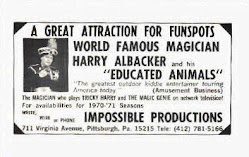

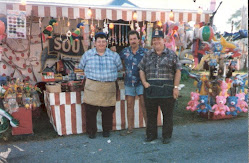





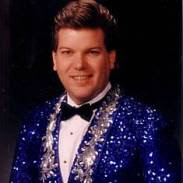






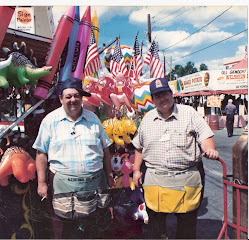
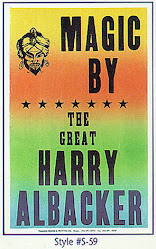

























No comments:
Post a Comment